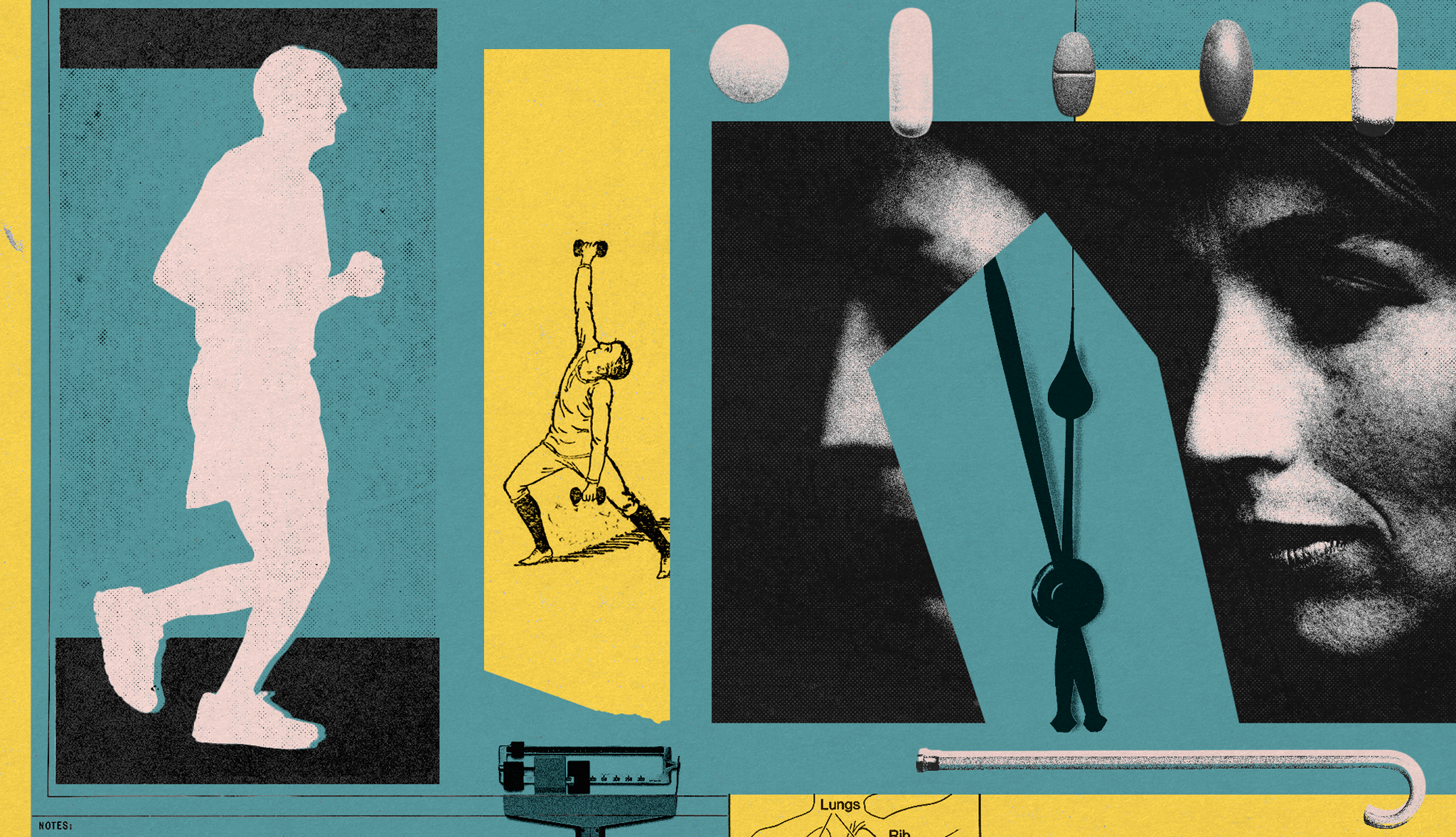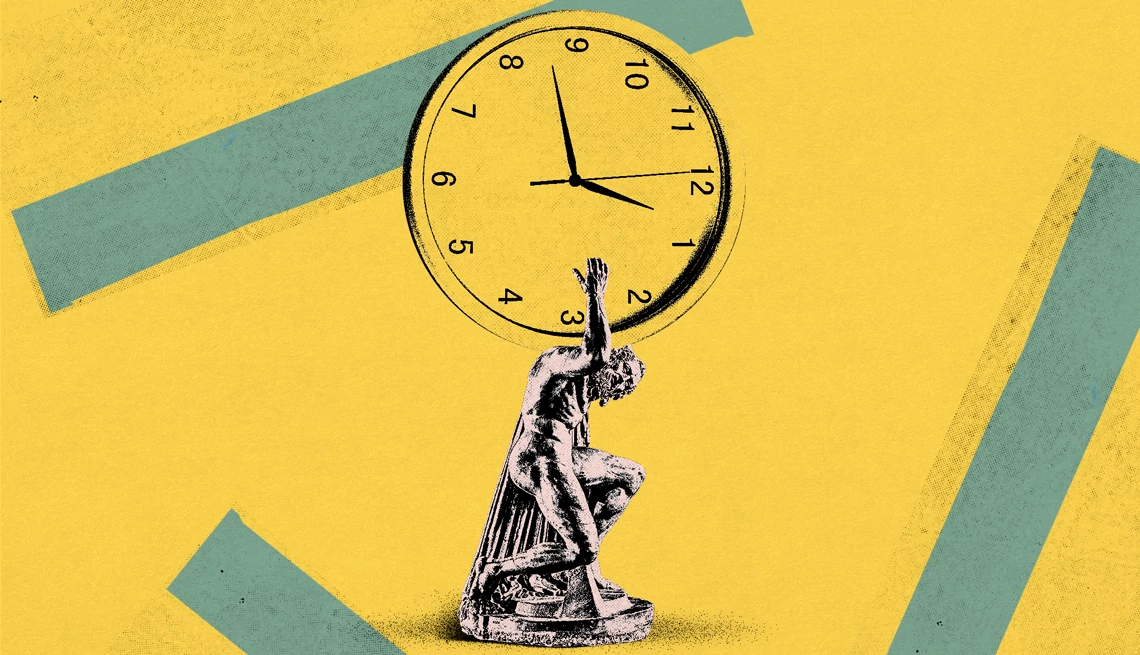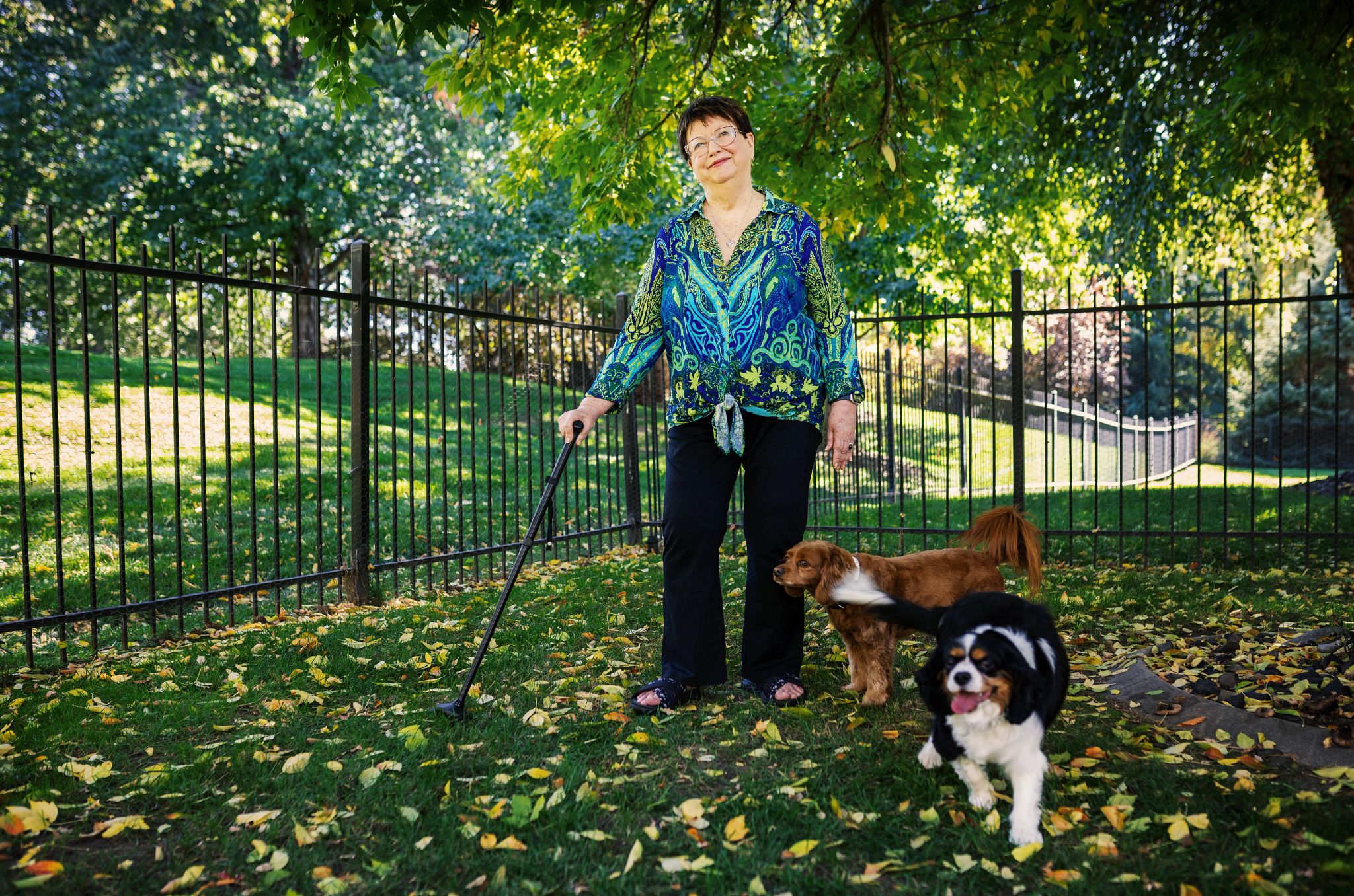AARP Hearing Center


Pearl Schachner expected to thrive as she aged. A longtime health care worker, she watched what she ate, exercised regularly and didn’t smoke or drink alcohol. She spent her days with patients who were going through dialysis and, at 56, felt grateful for her own good health.
Then, an enlarged lymph node led to the discovery that Schachner had a type of lymphoma. It was slow-growing, but cancer nonetheless. While doctors were running tests, she got more unwelcome news: She had a rare, progressive lung disease called lymphangioleiomyomatosis, or LAM2, which causes cysts to grow in the lungs. Today, at 67, she lives with both conditions.
She used to think she was aging well. Now? Not so much.
“My whole impression of myself, and my own strength and longevity and sense of being able to do the things I did before, just kind of withered away,” Schachner says from her home in Rockland County, New York.
But she is confronted daily with headlines about the importance of aging “well” or “successfully,” and tips on how to do it — tips that no longer feel relevant. These days, Schachner needs to strap on a portable oxygen concentrator when she goes for a walk, to help with her breathing.
Her lung condition makes her susceptible to illness, so she often wears a mask when she’s in a crowd. She enjoys traveling, but flying is more of a hassle now that she needs to bring her own oxygen, and she can’t vacation at high elevations. When she sees articles on flourishing as we get older, “I feel left out,” she says.
“I try and do what I can, but I look at those articles and [say] OK, that’s good. But that doesn’t apply. You can’t necessarily live well,” she says, when you’re living with certain conditions. “It can be offensive.”


The birth of the ‘successful aging’ concept
At the beginning of the 20th century, life expectancy at birth in the United States was just over 47 years. It increased as the century went on, but rather than being celebrated, older age was often seen through a lens of decline and loss: Once you were old, the thinking went, the best part of your life was over. For decades, older adults were looked at as one physically frail, homogenous group.
The scholarly idea of “successfully aging” emerged almost 30 years ago, detailed in a 1997 article in The Gerontologist called “Successful Aging” — and then a book of the same name — by academics John W. Rowe and Robert Kahn.
“Successful aging is multidimensional,” they wrote, “encompassing the avoidance of disease and disability, the maintenance of high physical and cognitive function, and sustained engagement in social and productive activities” such as spending time with friends and doing volunteer work.
In the years since, those ideas have made their way out of academia and into the mainstream. Michelle Putnam, director of the Gerontology Institute at the University of Massachusetts, Boston, says that on one hand, the concept is a welcome change from the prevailing attitude about aging: that it’s all downhill from here.
“There are so many stereotypes about aging, and there’s so much negativity about it, that just to see aging well out there as a topic, as opposed to pictures of people decrepit and falling apart, that’s great,” says Putnam. “That’s progress.”
But what irks Putnam, as someone whose research focuses on those aging with a disability, is that the focus on reframing aging tends to leave out disability altogether.





































































You Might Also Like
10 Exercises to Help You Live Longer
These types of activities might help you see more birthdaysInterval Walking Is a Trend Worth Trying
The Japanese method is helping older adults build strength, boost energy and stay active
Insider Secrets on Integrative Medicine
Dr. Victoria Maizes shares 21 ways a holistic approach to health can heal what ails you